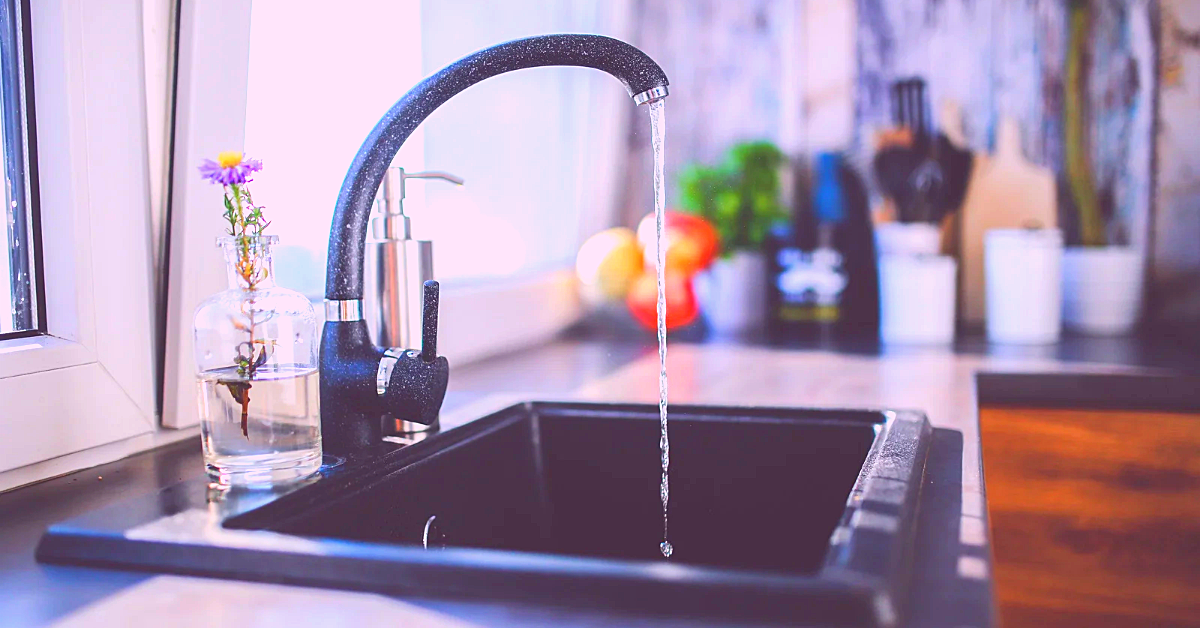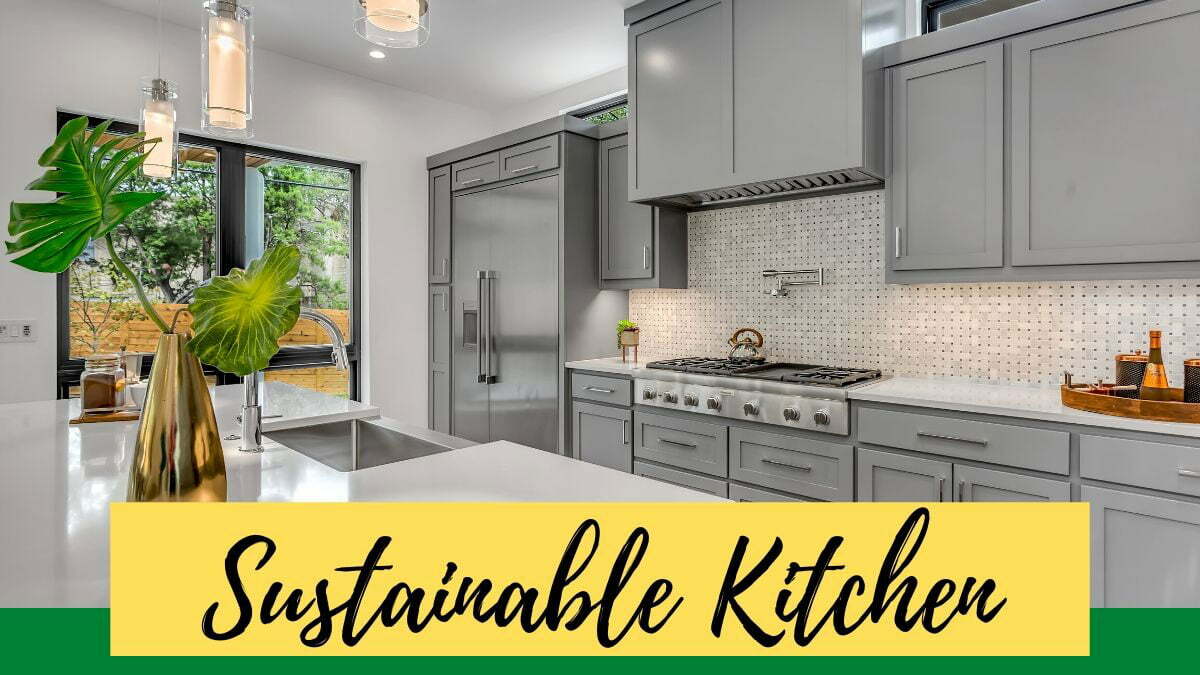Saving energy when cooking by having sustainable kitchens will definitely help improve our environment, and also save us a lot of money. In this post we will discuss how to be more sustainable in the kitchen to save energy and money.
The grape from Peru has a poor environmental balance. That’s why the choice of food can already have a significant influence on one’s energy consumption. Most people are aware of this. But where else can energy consumption be visibly influenced?
In order to reduce energy consumption (for the most part) visibly and permanently, there are a few things to consider in the kitchen.

1) Defrost the freezer compartment regularly
Over time, a layer of ice forms in the freezer because food releases moisture. This layer of ice acts as an insulating material and increases electricity consumption. Therefore, it is necessary to defrost older appliances regularly. Newer appliances nowadays do this by themselves.
How to defrost a refrigerator properly?
First of all, all food must be removed. Therefore, you should be aware of the good time when the refrigerator needs to be defrosted, so you have enough time to process the food.
You might also like this: Vegetables to grow in June
In order to start the defrosting, the mains plug should be pulled out. In order to expedite the process, you can put a bowl of hot water in it. It is best to place a few towels in front of the appliance to catch the meltwater. Once the device is free of ice, it can be cleaned and reconnected to the mains.
Those who do not need the cooling device for a more extended period should disconnect it from the power supply. Hardly any other appliance consumes so much energy.
Important to know: If the refrigerator is parked for a longer period of time, it is essential that the door remains open.
2) The refrigerator does not belong next to the oven
Electrical appliances should be distributed in sustainable kitchens as best as possible. This means that the fridge should not be placed next to the stove or in front of the heater. If this cannot be avoided, at least an air space should be created between the appliances. However, many manufacturers now point out that this tip is outdated and that the power consumption of newer appliances does not increase.
3) Do not put hot food in the refrigerator
Hot food makes the refrigerator work more, which, of course, increases electricity consumption. Therefore hot food should be allowed to cool down; room temperature is not necessary. If the food is distributed in small containers, the process is accelerated.
You might also like this: Medicinal plants for insect bites
4) Consider energy efficiency when buying a new fridge
Anyone who pays attention to the energy consumption of new appliances today can save an immense amount of money and energy. The savings potential is particularly high for refrigerators. With this link, you can calculate the power consumption of your refrigerator.
5) Efficient stove selection and anticipatory cooking
Basically, there are four different hobs. The three electric cookers are the cast-iron hob, the ceramic (glass-ceramic) hob, and the induction hob. Besides, it is also possible without electricity – cooking with gas.
Cooking with gas is usually the cheapest and most eco-friendly option. However, not many households have a gas connection anymore. The cast-iron stove has the highest electricity consumption; the induction hob is the most energy-efficient.
If you don’t want to replace the stove right away, you should make sure to reduce the cast-iron hotplate’s temperature early on. The heated plate remains hot for a long time after switching off, and this residual heat should be used.
6) Sustainable cooking: Do not cook in a pot without a lid
Actually, it is obvious – a closed pot heats the inside faster. But once the lid has slid to the last corner of the shelf, you are happy to accept the extra few minutes. But the fastest way to heat water with a lid and if it is only salted at the end.
7) For saving energy when cooking, use kettle instead of a cooking pot
The kettle heats water as quickly and cheaply as no other device. Therefore it is worthwhile to boil the pasta water in the kettle. Especially in comparison to the electric cooker, you can save a lot of electricity with the kettle. But there are also some things to consider: Only as much water should be heated in the kettle as you ultimately need. Besides, the kettle should be decalcified regularly, because calcified appliances consume more energy.
8) Kitchen textiles instead of disposable products
Another good way of saving energy in the kitchen is to decide the type of towels. The investment in high-quality dish towels is worthwhile. They have a longer service life and avoid unnecessary consumption of kitchen roll. The U.S. uses around 13 billions of paper towels each year. The production of paper consumes water, energy, and chemicals. It is effortless to replace kitchen rolls with dish towels. You can read more about The related subject: Hygienic Efficacy of Different Hand-Drying Methods and you must definitely see this as well: Paper Waste Facts
Sustainable cooking with vegetable food
Meat and dairy products have a poorer environmental balance sheet than vegetable foods. But even vegan foods imported from New Zealand, for example, cannot score points for their energy consumption. In order to cook sustainably, regional and seasonal foods should be used.
Plastic-free kitchen utensils
Kitchen utensils made of wood are generally much more durable than plastic products. This means that cutting knives, salad servers, cooking spoons, spatulas, cutting boards, and baking brushes should be made of wood, stainless steel, or other robust natural materials.


